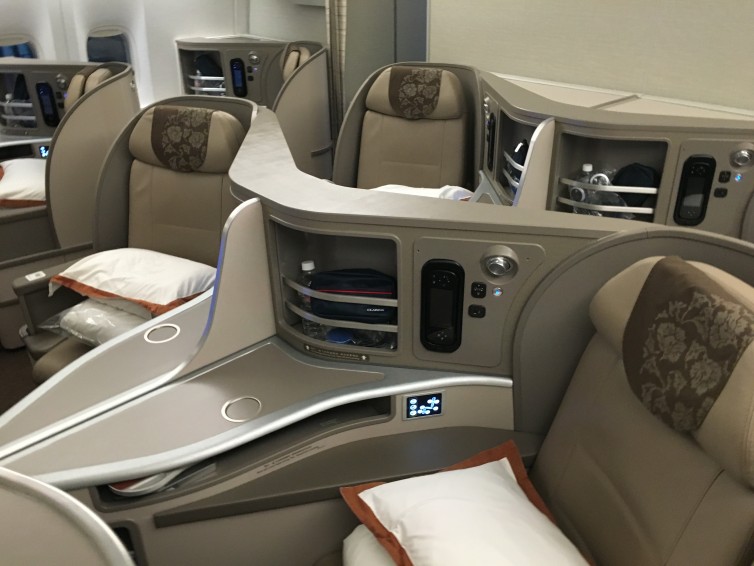
China Eastern is not an airline I ever really expected to fly. With a fleet of new Boeing 777-300ERs, the opening of a new route to Chicago, and a small investment from Delta Air Lines, China Eastern is modernizing and becoming a real player in the North American market. When I saw a fare posted of $650 round-trip between New York and Japan, I jumped at the opportunity to give this airline a try.
My routing was New York JFK to Osaka, Japan via Shanghai, returning from Tokyo Narita back to New York. On the first leg to Shanghai, China Eastern graciously upgraded me to business class in order to experience the new product.
At JFK, China Eastern departs from Terminal 1 and uses the recently renovated Air France lounge. Although this flight departed at 2:00 am (thanks for nothing, daylight saving time), the lounge was actually surprisingly crowded. As boarding time neared, I headed to the gate to find utter chaos. Lines of passengers extended in every direction with no signage to tell anyone where to stand. Eventually, gate agents put up a few signs, but that should have been done much earlier. A hectic boarding process sets a negative tone for a 15-hour flight. The same hectic process was applied to all four of my flights, indicating that China Eastern has a systemic problem with orderly boarding.
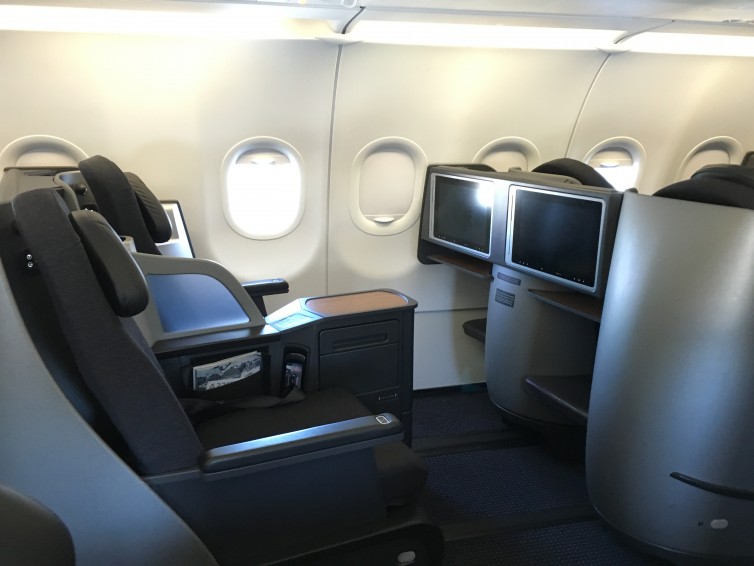
It is no secret that true international-style first class service is quickly becoming an endangered species. Airlines like American and United are either eliminating or drastically reducing the number of three-class aircraft they operate, but a few exceptions remain. On American, lie-flat first class can still be found on the flagship Boeing 777-300ER, unrefurbished 777-200ERs, and also the subfleet of Airbus A321T”s operating the premium transcontinental routes.
Occasionally, American will operate a three-class aircraft on different and unexpected routes. When that happens, savvy passengers in the know (that”ll be you in just a few minutes) can fly business class for the price of economy, or maybe even true first class if they”re lucky enough. That”s exactly what happened to me on a flight between Boston and New York”s JFK Airport.
Rather than have the aircraft sit all day (an aircraft on the ground doesn”t make any money), American occasionally schedules the A321T to operate between JFK and Boston or Dallas, and the 777-200ER between various hub cities. When I noticed one of my business trips to Boston happened to coincide with one of these turns, I immediately booked the flight.
When American operates a three-class aircraft on a non-standard route, business class is often available to anyone booked in Economy. The seats are right there on the seat map when booking, but how many people would even think about clicking on a business class seat when booked in Economy? Not many. At some point before the flight, Business Class was locked down to elite status passengers or full fare Y (economy) ticket holders, but I was in before the cut. Oh, I almost forgot to mention. If I wanted a Main Cabin Extra seat instead of my business seat, I would have had to pay extra.
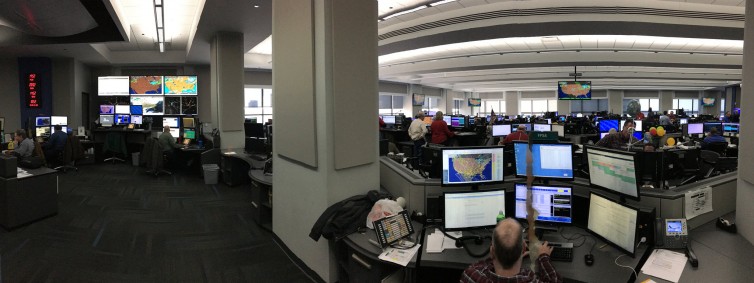
Your typical airline headquarters and operations center is somewhere near a major hub airport, usually in some nondescript building with views that don”t really inspire much of anything. United, however, couldn”t be any further from the norm. Inside Chicago”s Willis Tower, once the tallest building in the world, the once largest airline in the world is managed by motivated individuals around the clock.
I have been to a few airline operation centers in the past, but never the control center of an airline quite as massive as United. Hundreds of people, across an entire floor of the Willis Tower, are dedicated to keeping United and United Express moving efficiently and safely, a task that is far from easy.
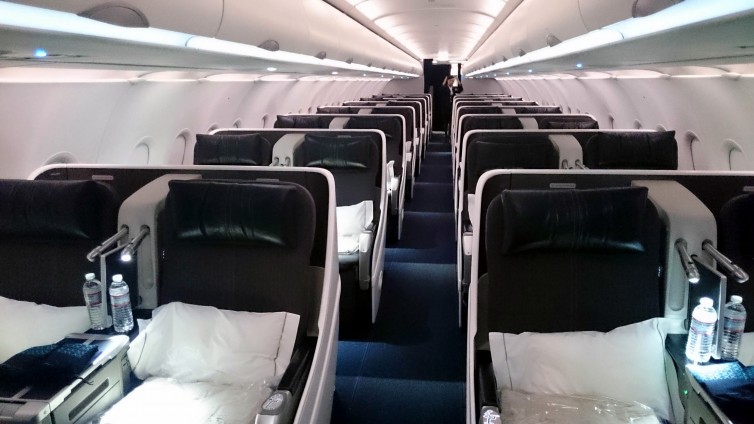
When it comes to long-haul flying, typically the bigger the aircraft the better. Whether it’s the Boeing 747 or Airbus A380, these are the aircraft typically associated with extreme luxury – private suites, on-board showers, and maybe even a fully stocked bar. Sometimes, though, smaller might actually be better. British Airways operates a pair of tiny Airbus A318s between New York JFK and London City Airport (LCY) with a business class only configuration with only 32 seats (by comparison, Air France carries 131 passengers on their A318s). It sure is a strange (but great) way to fly. To give you a sense of just how small the A318 is, here are some numbers to help size it up: The Airbus A380 sports a total length of 238 feet with a 261 foot wingspan. The A318 is just 103 feet long with a wingspan of just under 112 feet.
I was recently able to fly from JFK to LCY and experience what it’s like flying into London on the A318. Spoiler: It’s wonderful and actually quite a different experience. While the London to New York flight involves a stop in Shannon, Ireland for fuel, the reverse flight is non-stop.
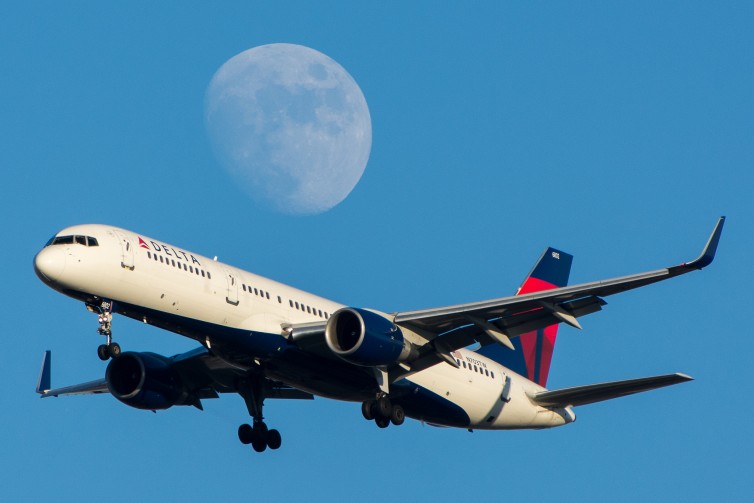
Every month, the United States Department of Transportation (DOT) releases a load of airline statistics ranging from on-time performance rankings to lost bag rates and simple info requests. Within the monthly data dump sits the number of complaints the DOT received about airlines for that particular month. You’ve probably seen the new headlines like “airline complaints spike in 2014,” or something like that. That data comes from the DOT releases.
Buried in a recent release, I noticed that the DOT also reported airline compliments in addition to complaints. While complaints sometimes tally over 2,000 per month (2,205 in August 2015), the number of compliments ranges anywhere from none at all to maybe one or two. In the August 2015 release, a whopping three airline compliments were received, and I couldn’t help but wonder what they said. I simply had to know more.




